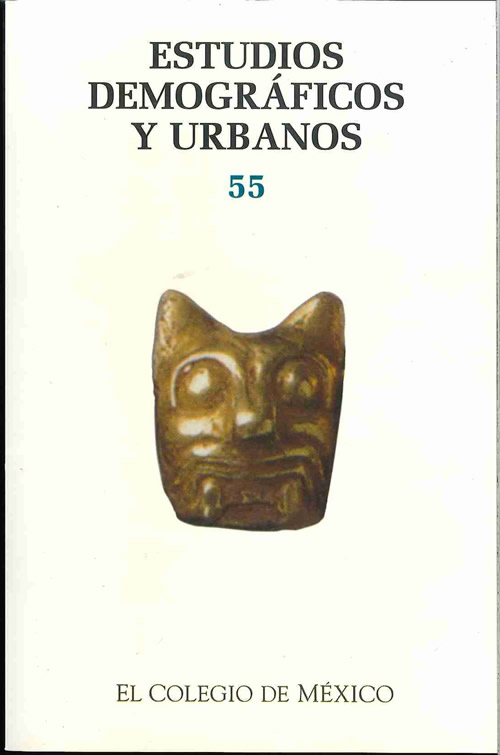Published 2004-01-01
Keywords
- residential mobility,
- housing,
- biographical analysis
How to Cite
-
Abstract1362
-
PDF (español)599
Downloads
Copyright (c) 2004 Estudios Demográficos y Urbanos

This work is licensed under a Creative Commons Attribution-NonCommercial-NoDerivatives 4.0 International License.
Metrics
Abstract
This paper seeks to analyze four components of the intraurban residential mobility of residents of Bogotá, Colombia: choice of housing, location of the latter, type of ownership and the decision to achieve residential autonomy. Each of them has its own logic, which is analyzed for each individual through biographical accounts obtained in 1993. Social differences change from one component to another, are added or combined, thereby causing variations in residential mobility.
In a rapidly expanding city, with marked residential segregation, interest in location is crucial, despite the lack of attention it has received in the literature on the issue. The meaning that individuals give the location of their housing within the city goes beyond the resources of the neighborhood itself, since it also involves family histories and the history of the city.


